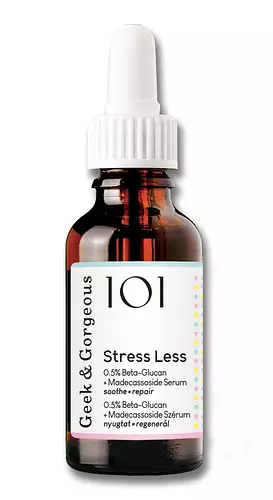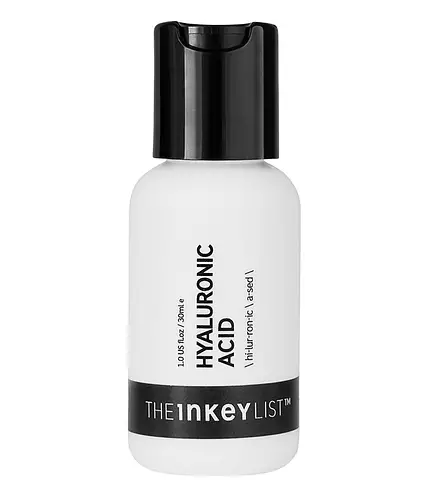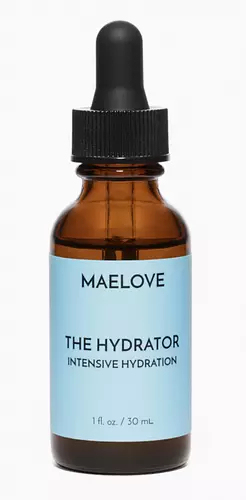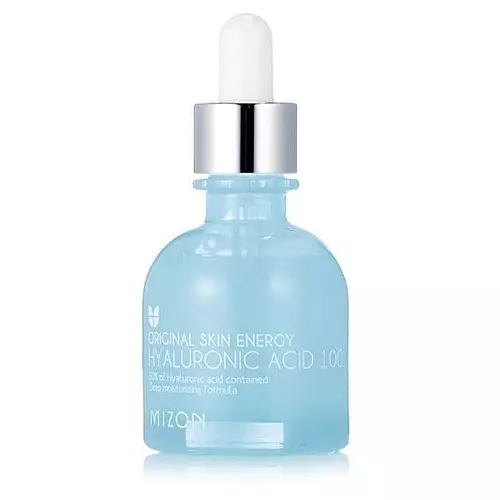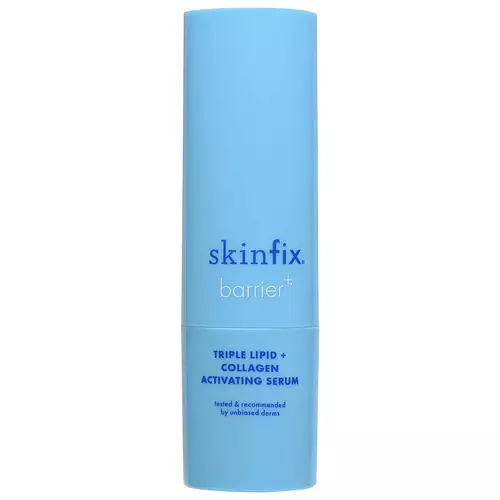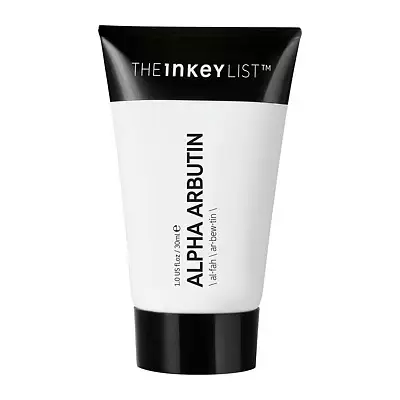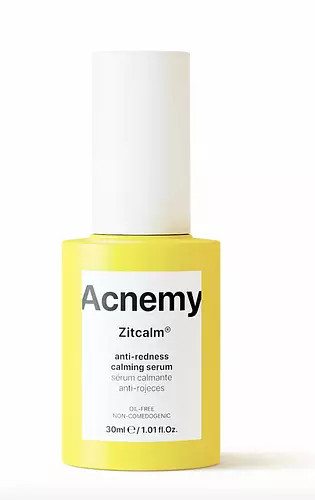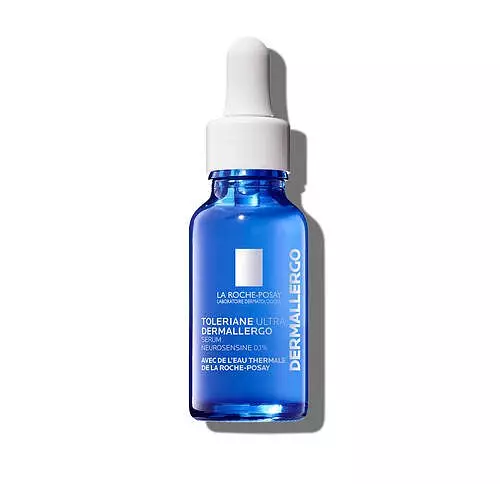Geek & Gorgeous Stress Less Versus The INKEY List Hyaluronic Acid Serum - EU
Updated on June 19, 2024
Overview
What they are
These products are both vegan, cruelty-free, and reef safe serums. They have a total of 4 ingredients in common
Suited For
They're both likely to be good for dry skin, brightening skin, scar healing and better texture
Free From
They both do not contain any harsh alcohols, common allergens, fragrances, oils, parabens, silicones or sulfates
We independently verify ingredients, and our claims are backed by peer-reviewed research. Spot a product that needs an update? Let us know.
Ingredient Info
Geek & Gorgeous Stress Less 14 ingredients
The INKEY List Hyaluronic Acid Serum 14 ingredients
At a glance
Click on any of the items below to learn more
Geek & Gorgeous Stress Less 14 ingredients
The INKEY List Hyaluronic Acid Serum 14 ingredients
Notable Ingredients
This product contains 1 ingredient that may have this attribute:
Benefits
This product contains 1 ingredient that may have this attribute:
This product contains 1 ingredient that may have this attribute:
This product contains 1 ingredient that may have this attribute:
This product contains 1 ingredient that may have this attribute:
This product contains 1 ingredient that may have this attribute:
This product contains 1 ingredient that may have this attribute:
This product contains 2 ingredients that may have this attribute:
Concerns
This product contains 1 ingredient that may have this attribute:
This product contains 1 ingredient that may have this attribute:
Benefits
This product contains 1 ingredient that may have this attribute:
This product contains 1 ingredient that may have this attribute:
This product contains 1 ingredient that may have this attribute:
This product contains 1 ingredient that may have this attribute:
This product contains 2 ingredients that may have this attribute:
Concerns
This product contains 1 ingredient that may have this attribute:
Ingredients Side-by-side
Ingredients Explained
These ingredients are found in both products.
Ingredients higher up in an ingredient list are typically present in a larger amount.
Water. It's the most common cosmetic ingredient of all. You'll usually see it at the top of ingredient lists, meaning that it makes up the largest part of the product.
So why is it so popular? Water most often acts as a solvent - this means that it helps dissolve other ingredients into the formulation.
You'll also recognize water as that liquid we all need to stay alive. If you see this, drink a glass of water. Stay hydrated!
Learn more about WaterGlycerin is already naturally found in your skin. It helps moisturize and protect your skin.
A study from 2016 found glycerin to be more effective as a humectant than AHAs and hyaluronic acid.
As a humectant, it helps the skin stay hydrated by pulling moisture to your skin. The low molecular weight of glycerin allows it to pull moisture into the deeper layers of your skin.
Hydrated skin improves your skin barrier; Your skin barrier helps protect against irritants and bacteria.
Glycerin has also been found to have antimicrobial and antiviral properties. Due to these properties, glycerin is often used in wound and burn treatments.
In cosmetics, glycerin is usually derived from plants such as soybean or palm. However, it can also be sourced from animals, such as tallow or animal fat.
This ingredient is organic, colorless, odorless, and non-toxic.
Glycerin is the name for this ingredient in American English. British English uses Glycerol/Glycerine.
Learn more about GlycerinCarbomer is a polymer of acrylic acid. Its main role is to create gel consistency within products.
Carbomer is commonly found in many types of cosmetics products. It is found to be safe in concentrations up to 15%. However, a high amount of carbomer can cause pilling or balling up of products. Most products contain 1% of less of carbomer.
Phenoxyethanol is a preservative that has germicide, antimicrobial, and aromatic properties. Studies show that phenoxyethanol can prevent microbial growth. By itself, it has a scent that is similar to that of a rose.
It's often used in formulations along with Caprylyl Glycol to preserve the shelf life of products.
Ingredient Ratings
Here's what our community thinks of the ingredients in these products.
When to use
Geek & Gorgeous Stress Less 14 ingredients
The INKEY List Hyaluronic Acid Serum 14 ingredients


Reviews
Here's what our community thinks
Geek & Gorgeous Stress Less 14 ingredients
0ctopus_garden
Pro: it does not irritate my skin, does not trigger acne, and it is gentle and does calm my skin.
Contra: it stings near the eyes area and I wish...
Pro: it does not irritate my skin, does not trigger acne, and it is gentle and does calm my skin.
Contra: it stings near the eyes area and I wish it would hydrate more.
The INKEY List Hyaluronic Acid Serum 14 ingredients
YusraBabar_214
Gave me acne
I bought this because i heard a lot about it. I have a normal skin with no acne on my face but after using this i started to get...
Gave me acne
I bought this because i heard a lot about it. I have a normal skin with no acne on my face but after using this i started to get little pimples and i gave it to my friend. Try this before adding this into your routine.
sophia_teigiser
AMAZING
I have used this serum right after cleansing and when my face is damp. It instantly makes my face feel hydrated and smooth. Definitely...
AMAZING
I have used this serum right after cleansing and when my face is damp. It instantly makes my face feel hydrated and smooth. Definitely would recommend to all skin types!!
